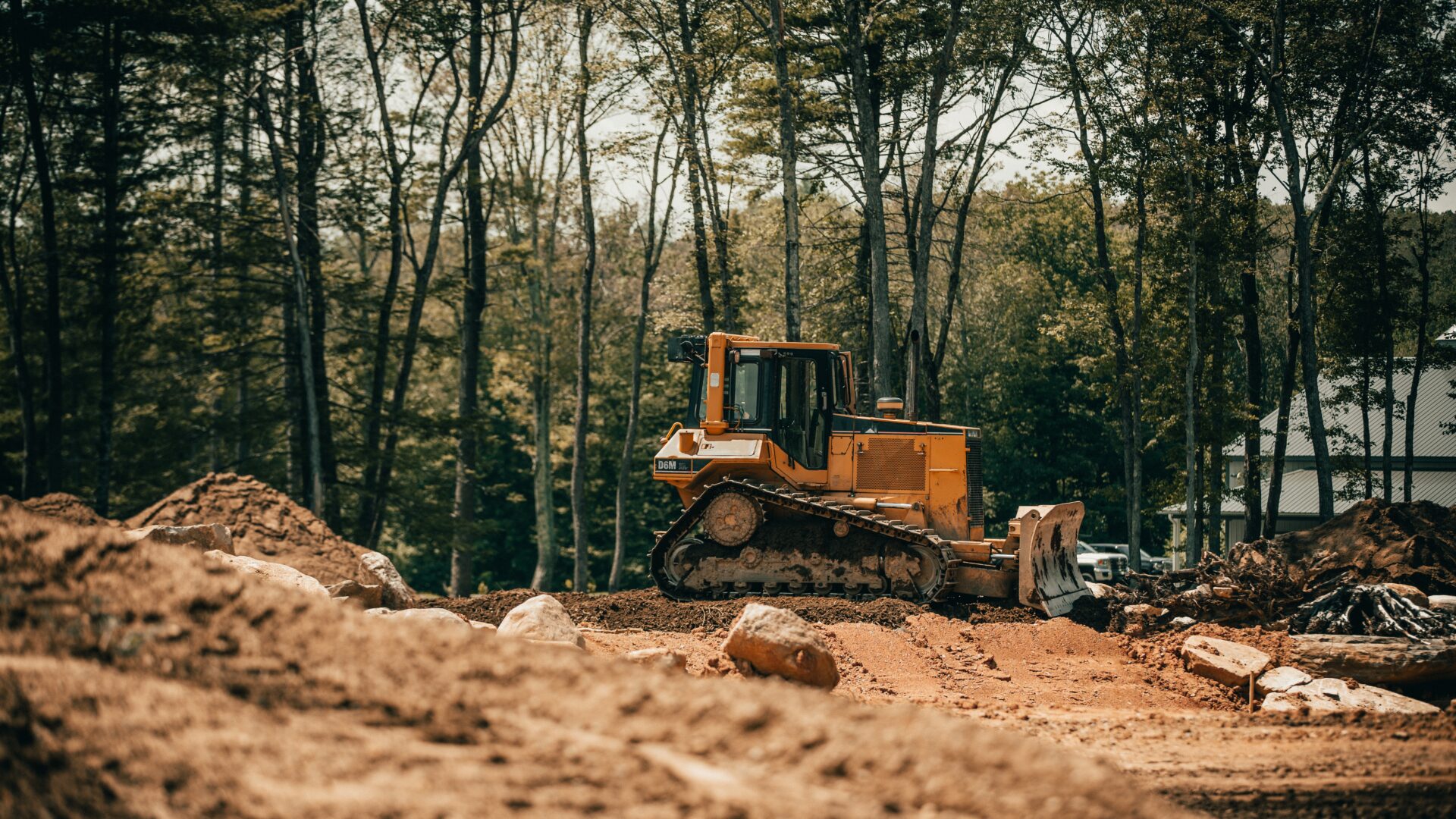When it comes to building a new structure, the foundation is everything. Before construction work can even begin, the land must be properly prepared to ensure a strong and stable base for your project. This process involves various steps that are crucial in creating a solid foundation for your building.
In this guide, we will discuss the essential building blocks of preparing land for construction and what you need to know before starting the process.
Understanding Your Land’s Topography
The first step in preparing land for construction is understanding its topography. This refers to the physical features of a piece of land, including its elevation, slope, soil type, and drainage patterns.
Knowing your land’s topography will help you determine the best location for your building, as well as identify any potential challenges that may arise during construction.
For example, if your land has a steep slope, additional measures such as retaining walls or terracing may be needed to create a stable building site.
On the other hand, if your land has poor drainage, you may need to implement solutions like grading and installation of drainage systems to prevent water damage to your building.
Clearing and Grading the Land
Once you have a clear understanding of your land’s topography, the next step is to clear and grade the land. This involves removing any trees, rocks, debris, or other obstructions from the construction site.
If you are looking for an arborist in Salt Lake City to help with this process, make sure to find one with experience in land clearing for construction projects. They will not only safely remove any trees on the site but also help with proper disposal and recycling of materials.
Grading refers to the process of leveling the land, which is essential for creating a stable base for your building.
This step involves using heavy machinery such as bulldozers and excavators to move and redistribute soil to achieve a uniform slope and proper drainage.
Addressing Potential Soil Issues
Soil plays a significant role in the stability of your building’s foundation. Before construction begins, it’s vital to test the soil on your land to identify any potential issues that may affect the structure.
For instance, if the soil has a high clay content, it may expand and contract with changes in moisture levels, leading to cracks in the foundation.
To address any soil issues, you may need to add stabilizing agents or reinforcing materials such as gravel or sand. This will help improve the strength and stability of the soil, creating a solid base for your building.
Planning for Utility Connections
Another crucial aspect of preparing land for construction is planning for utility connections. This includes the installation of water, sewer, and electrical systems to service your building.
Depending on your location and the size of your project, you may need to work with various utility companies to ensure proper connections are made.
It’s important to coordinate these connections during the land preparation phase so that they can be incorporated into the grading and excavation processes.
This will save time and money in the long run, as it can be challenging to access these areas once construction work has begun.
Conclusion
Properly preparing your land for construction is a crucial step in creating a strong and stable foundation for your building.
By understanding your land’s topography, clearing and grading the land, addressing potential soil issues, and planning for utility connections, you can ensure a smooth and successful construction process.
Make sure to work with experienced professionals to help you through each step, whether it’s an arborist for land clearing or a geotechnical engineer for soil testing.
With the right building blocks in place, your construction project will be off to a solid start. The key is proper planning and preparation before the actual construction work begins.
So, take the time to get your land ready and set a solid foundation for your new structure.
